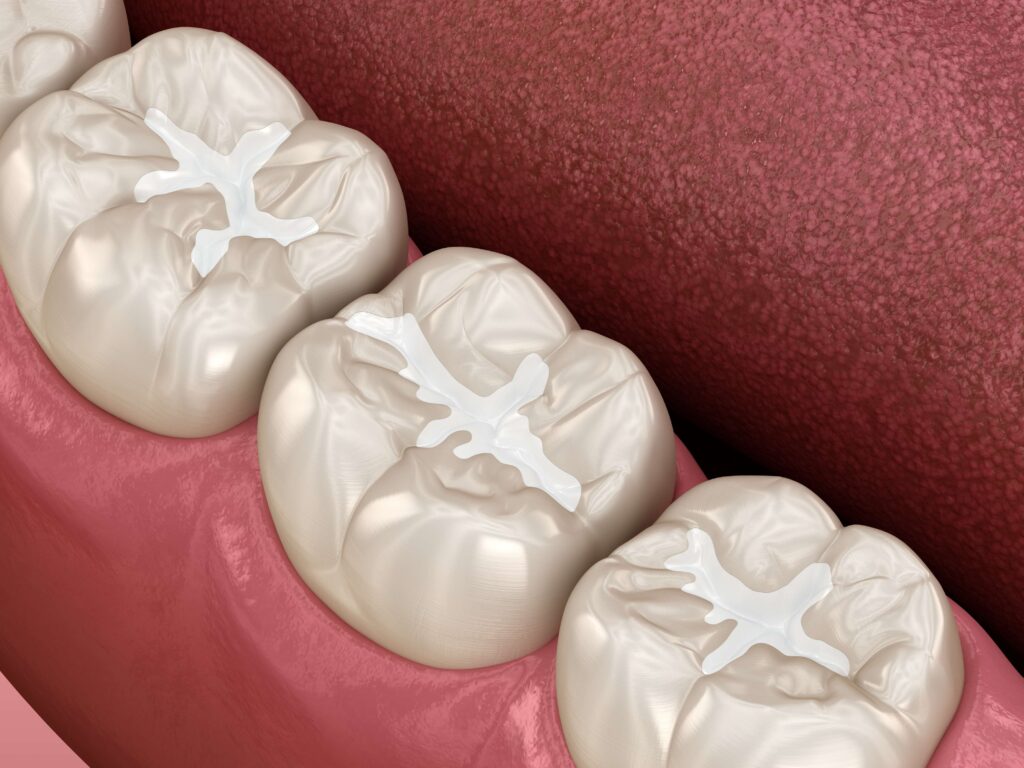A large percentage of the population has at least one dental filling. Still, only some people are aware that, according to the Canadian Dental Association, all fillings must eventually be replaced via composite dental fillings near you.
It is because, like natural teeth, fillers can be damaged and worn down with time. This wear and decay is caused by food, beverages, and clenching or grinding, which can wear down or shatter a filling. Your fillings will most likely need to be replaced due to normal wear and tear, too.
So, in this article, we have summarized everything from evaluation diagnosis, removal preparation, removal of composite fillings, tooth restoration options, and the replacement process to aftercare and recovery measures. Read along until the end.
Evaluation and Diagnosis
During a routine cleaning or consultation, the dentist in Spruce Grove can use a tool known as an explorer to locate any weak points in your current fillings. X-rays may be required in some circumstances to detect cracks or assess if decay has spread beneath an existing tooth or filling. If this is the case, our dentist may advise you to get a new filling.
Preparation for Removal
Dentists prepare for composite filling excision by first numbing the tooth and surrounding area with local anesthetic. They next delicately remove the composite filling using sophisticated dental equipment.
Removal of Composite Fillings
Composite filling removal comprises four rudimentary steps by the dental professional:
- A local anesthetic is used to deprive the tooth of sensation and nearby areas.
- A dentist near you often isolates the treated tooth using a rubber dam, blocking debris from invading the mouth.
- They use dental drills and tools to meticulously remove the composite filling.
- They will prepare the tooth for a fresh filling or repair, if necessary.
Tooth Restoration Options
1. Bridges
A bridge is formed by splinting one or more crowns together to cover and replace several broken teeth. Bridges help you regain your smile and chewing function without much effort or pain.
2. Crowns
A crown is a metal substructure coated with a porcelain coating or constructed entirely of ceramic that functions as an indirect tooth restoration for an unstable tooth.
3. Dentures
Dentures are removable fake teeth that appear exactly like teeth and their surrounding gums and are used to replace missing teeth.
4. Implants
A titanium fixture (implant) replaces the complete tooth structure, including the root.
5. Veneers
Veneers are tooth-coloured, natural-looking shells composed of resin or porcelain that cover the front or entire teeth. It is a cosmetic surgery used to improve the appearance of damaged teeth.
The Replacement Process
Without unique conditions, getting composite dental fillings in Spruce Grove is straightforward and can be concluded in one visit.
- At the outset of your visit, your dentist may choose the blended hue to utilize in your filling.
- According to some research, it’s best to establish this match early before your teeth and mouth dry up and impact the brightness of your teeth.
- Then, you will receive a shot of numbing medication for the anesthetic to numb the tooth and surrounding area.
- The dentist will drill into the enamel of your tooth and remove the decaying portion.
- They will clean and dry the region and prepare the tooth. With more severe damage, this may necessitate some tooth shaving.
- The dentist will inscribe and join the tooth.
- They’ll start by layering the composite material into your tooth’s hole. The dentist will use a light to cure and fix the composite filling.
- The light will cure one layer before moving on to the next since the composite is applied in layers.
- The tooth will be shaped and contoured by the dentist before being polished.
- Your dentist will examine your bite to verify your happiness with the restoration.
After that, you may experience a brief sensitivity to heat and cold, but this should pass rapidly.
Aftercare and Recovery
After removing and replacing a composite dental filling:
- Practice Immediate Care: Avoid eating or drinking while the anesthetic wears off.
- Manage Pain: As instructed, use over-the-counter pain medications to alleviate discomfort.
- Take Care of Oral Hygiene: Brushing and flossing should be done softly, avoiding the treated area.
- Control Your Diet: Avoid severe temperatures and firm or sticky meals for a few days.
- Deal With Sensitivity: Expect some sensitivity, which is generally transient.
- Don’t Skip Revisits: Follow-up consultations should be made, and any odd symptoms should be reported.
- Ensure Long-Term Care: Maintain consistent oral hygiene and check-ups.
Book a Visit Now
To understand the composite dental filling removal and replacement process and declutter your concerns, visit the Queen Street Dental Care facility today. We guarantee you will be okay with consulting our dental care experts every second.

